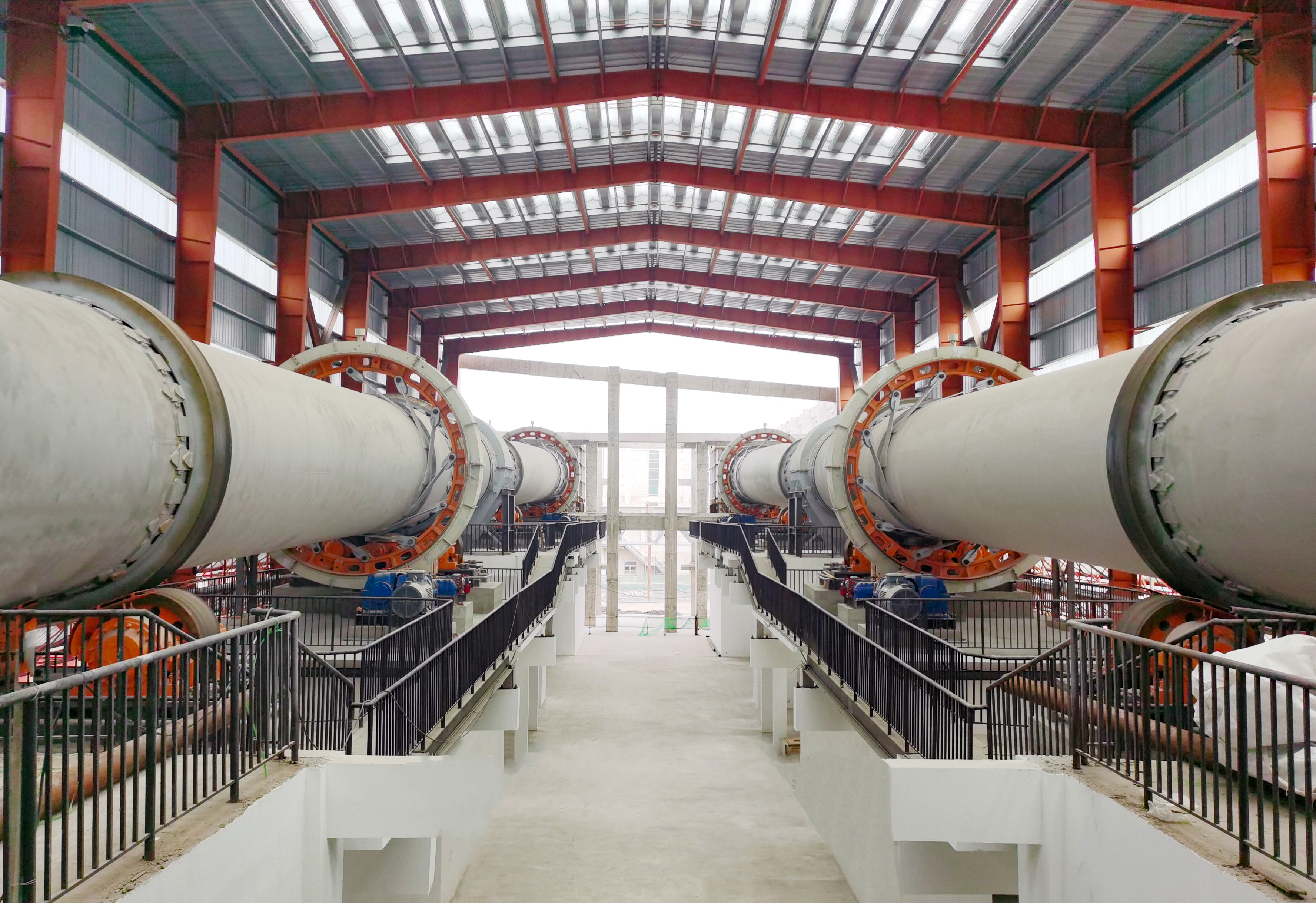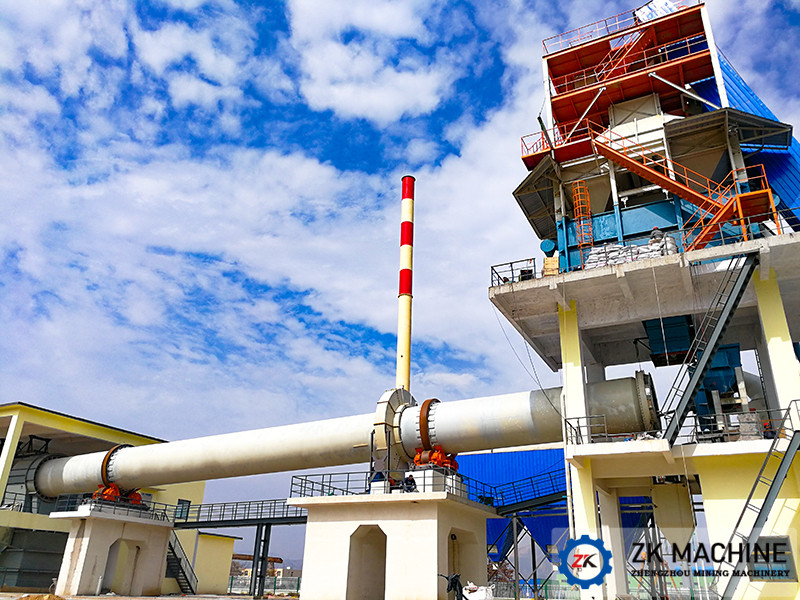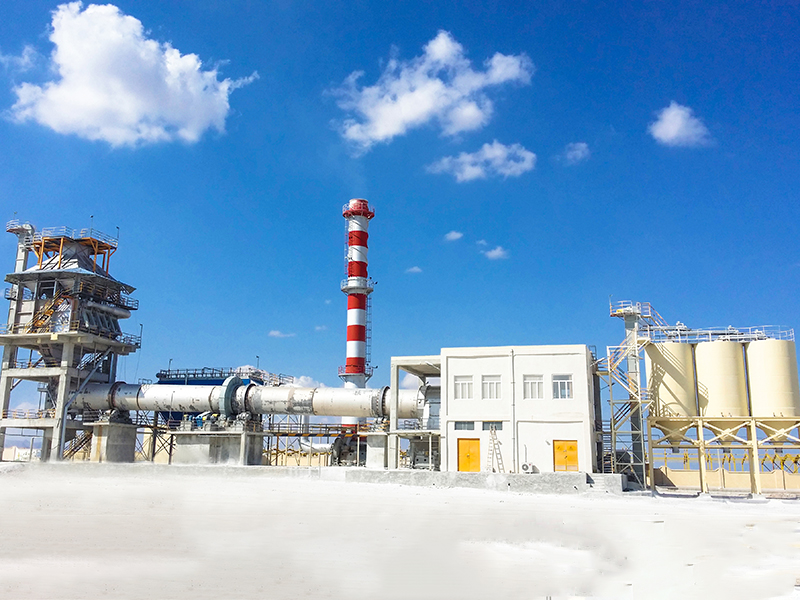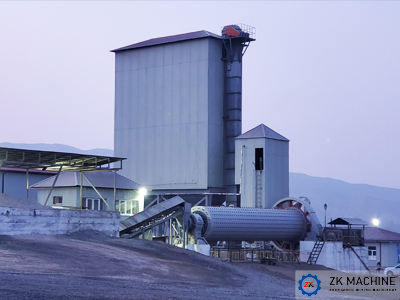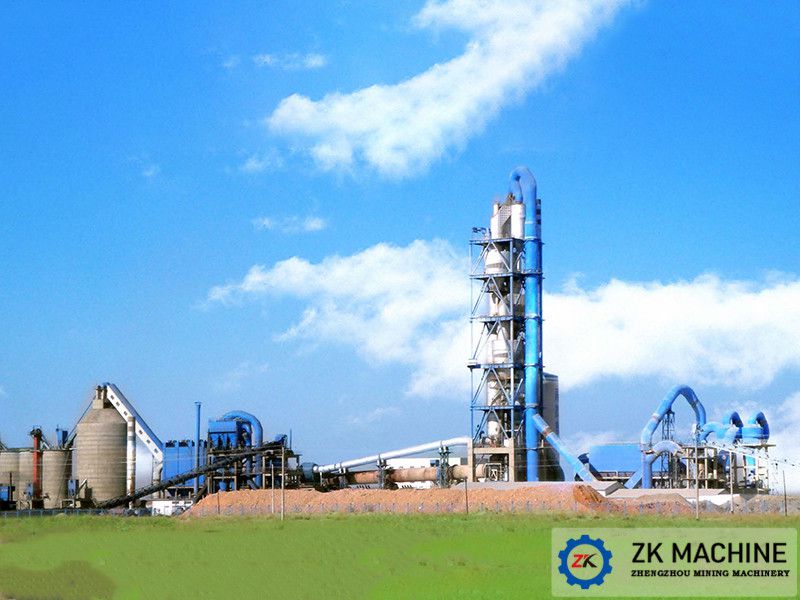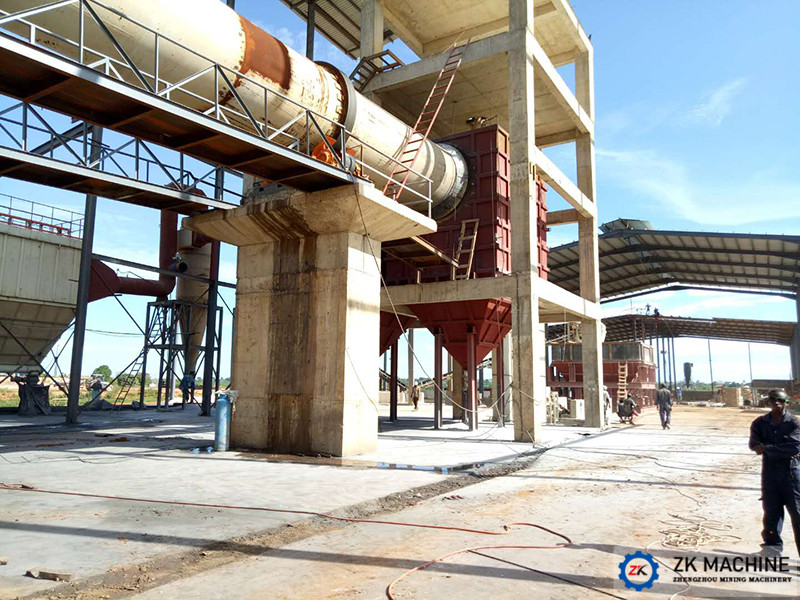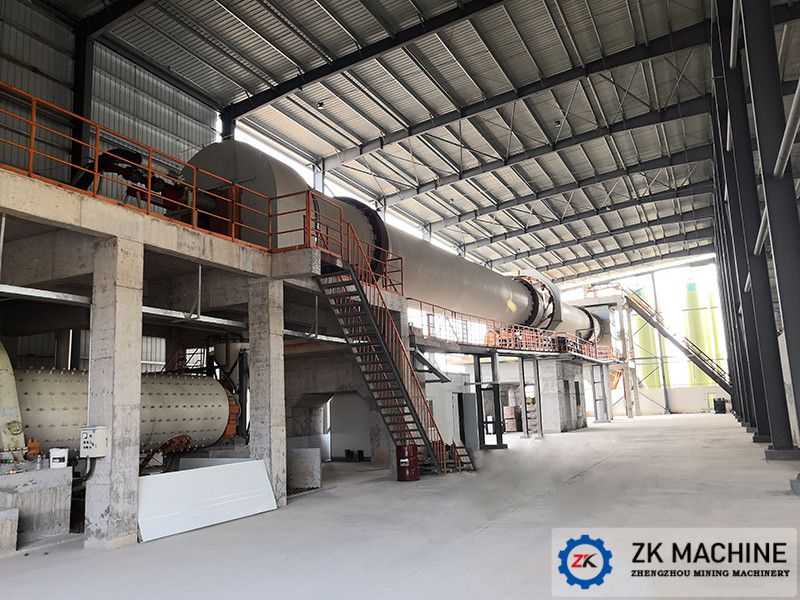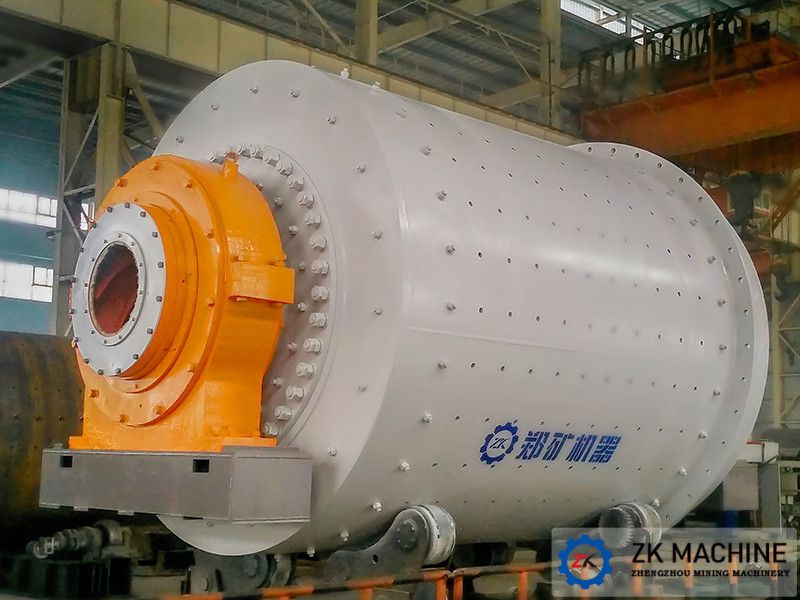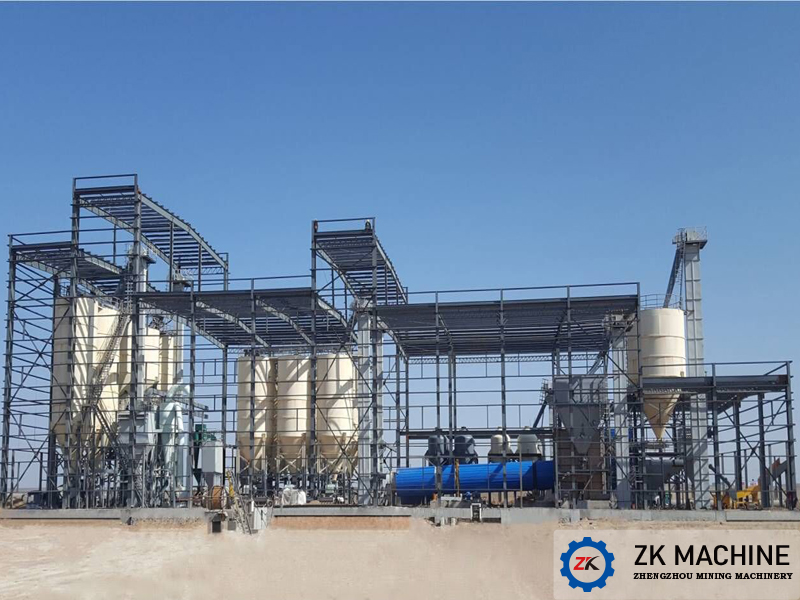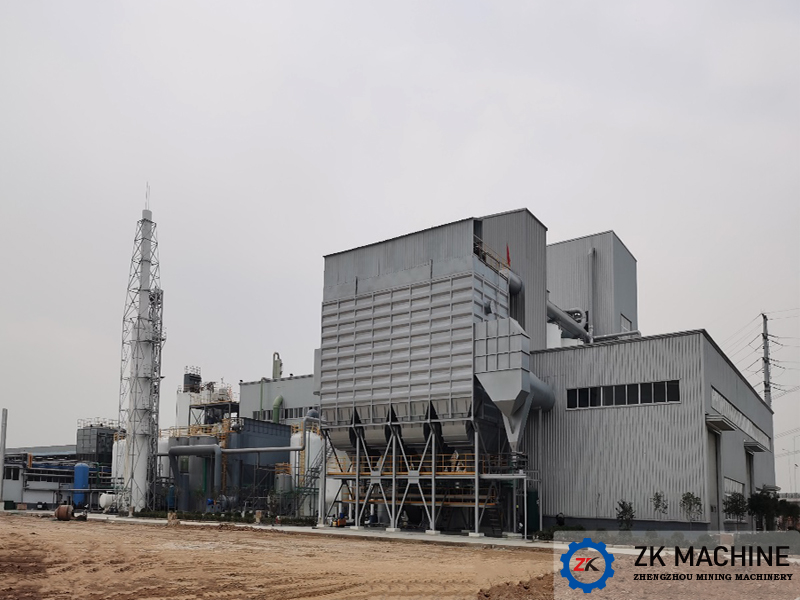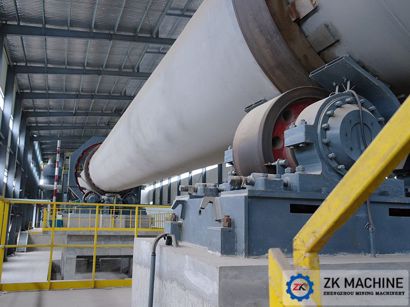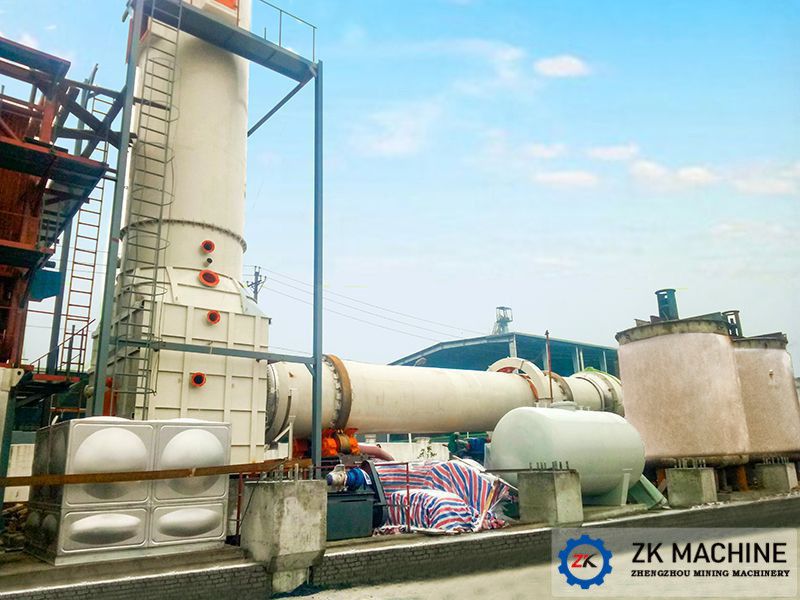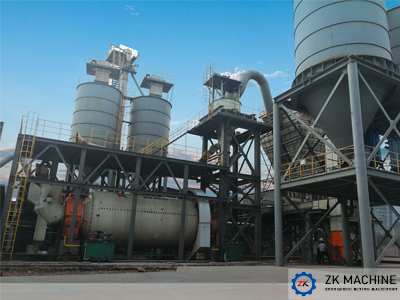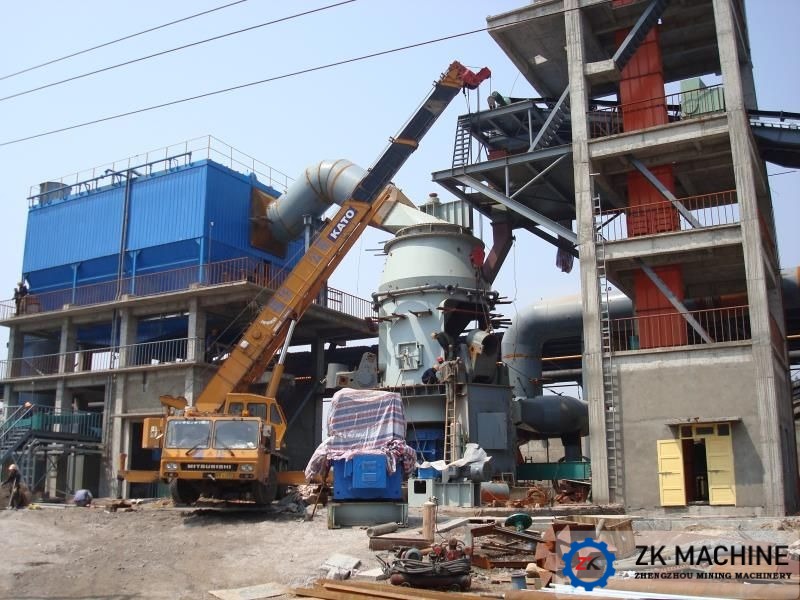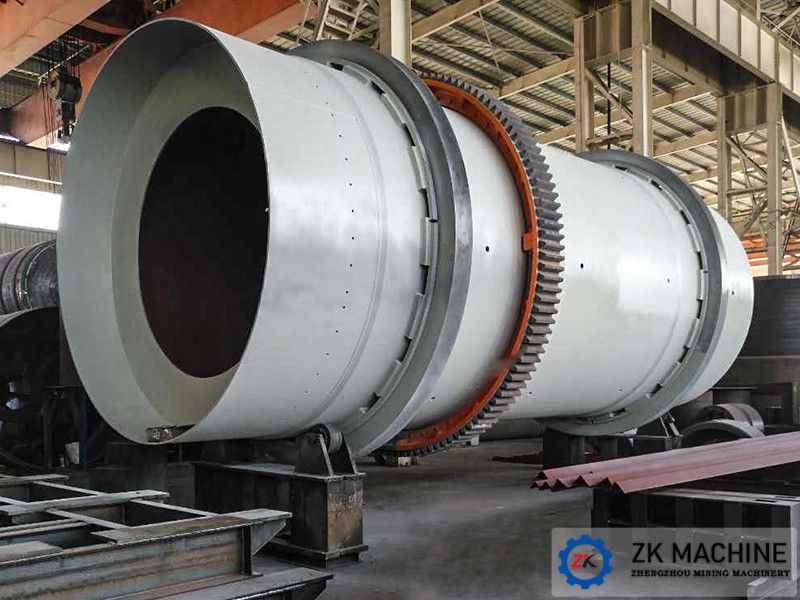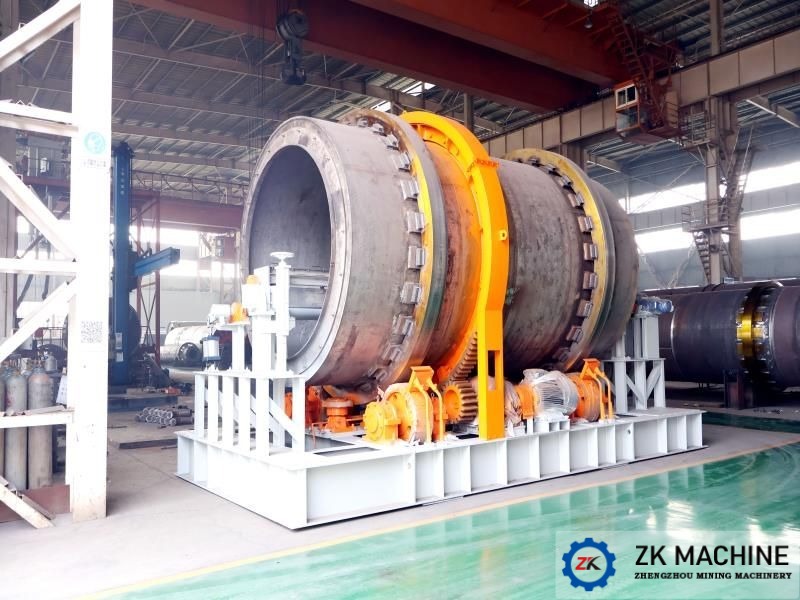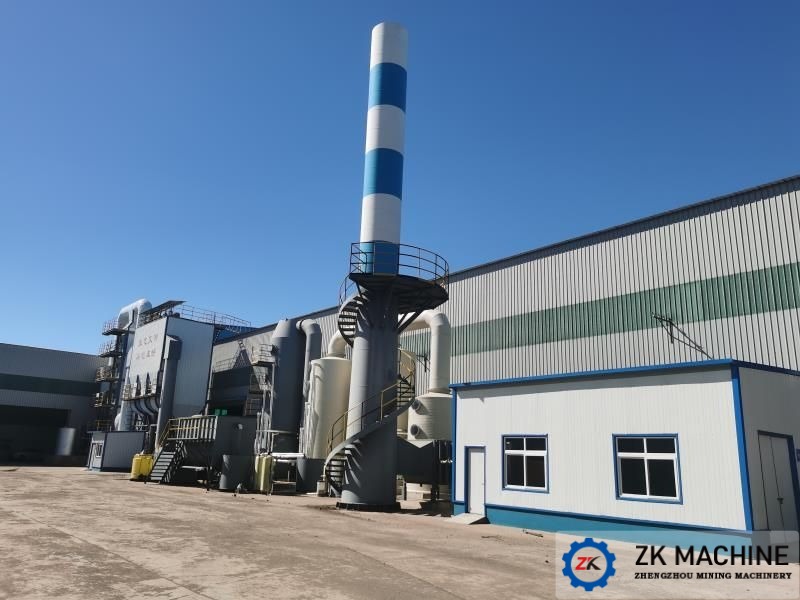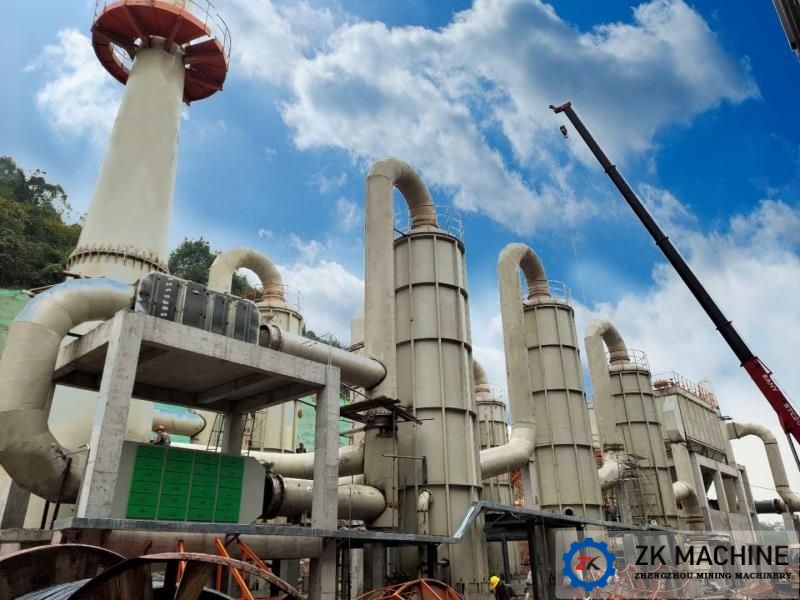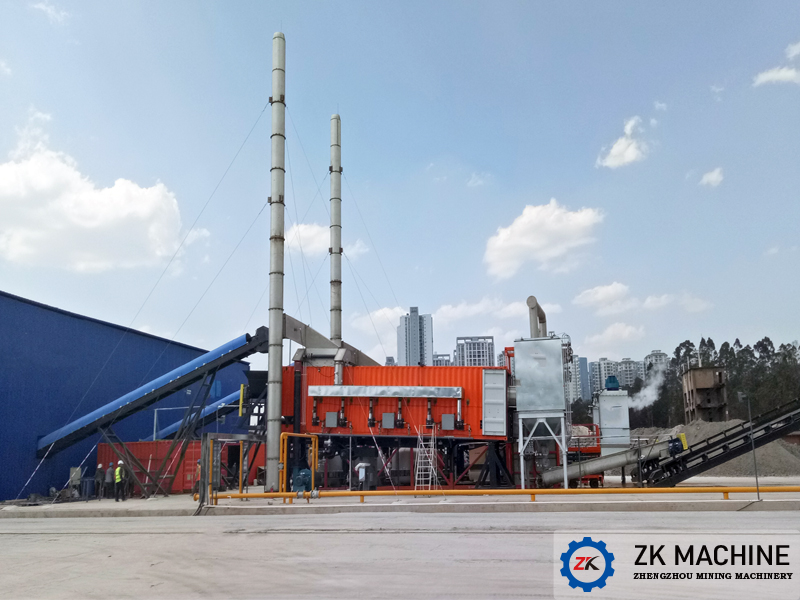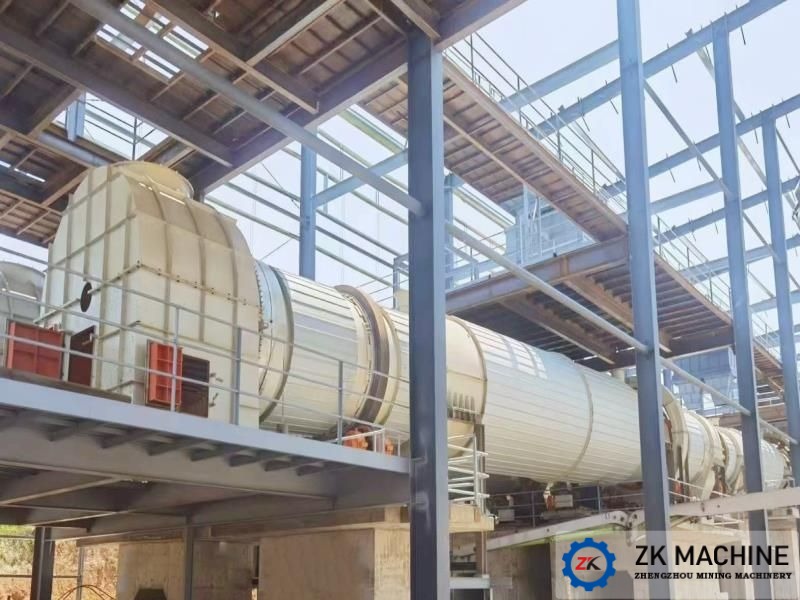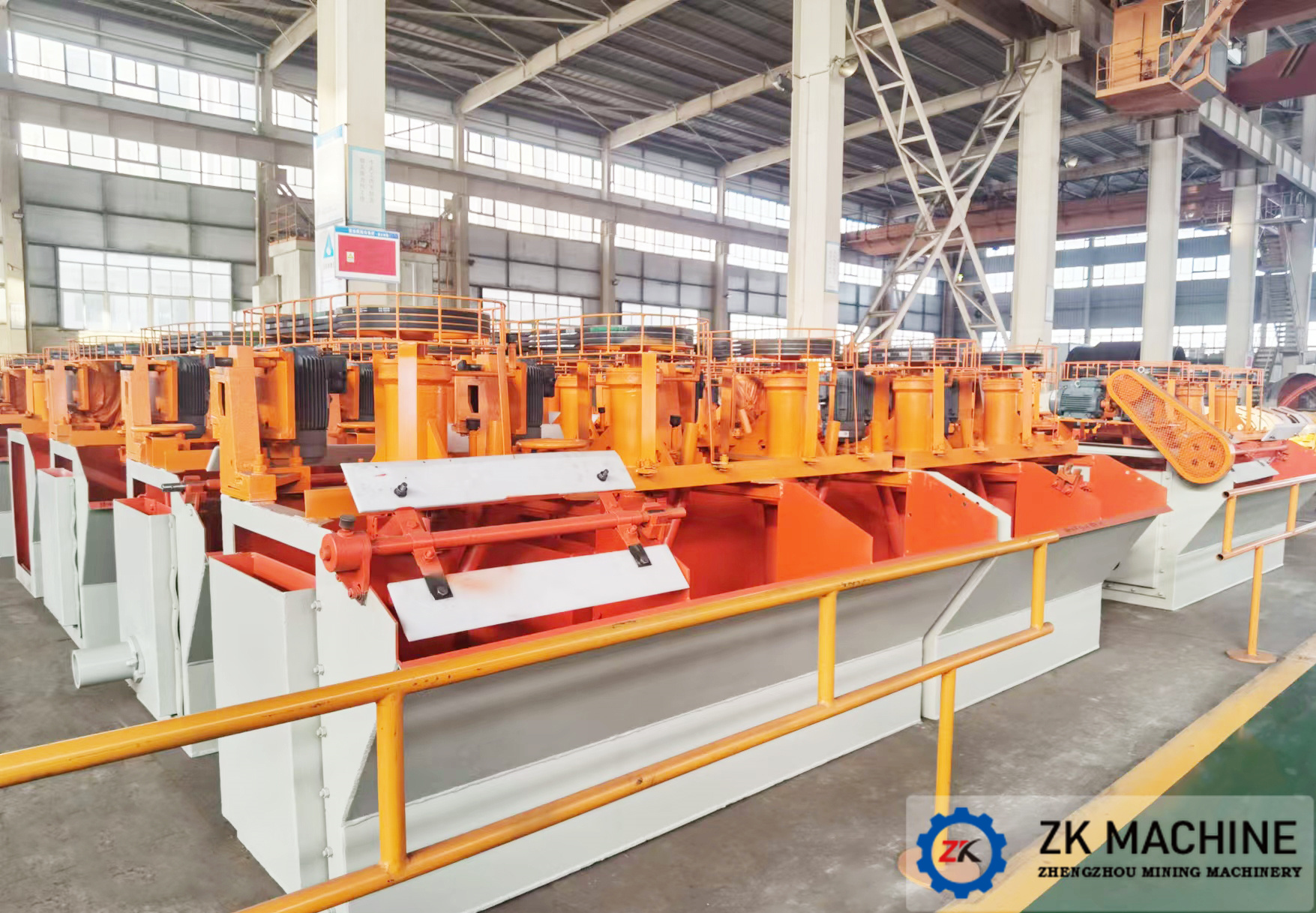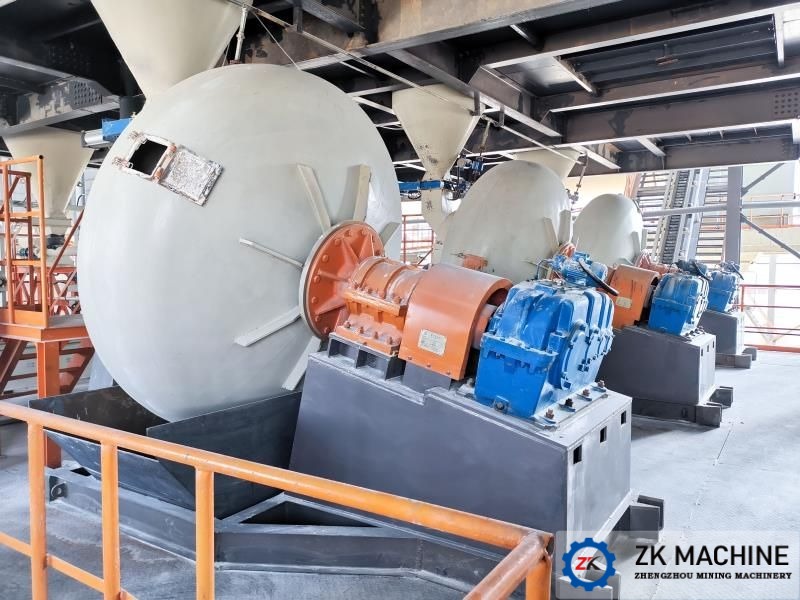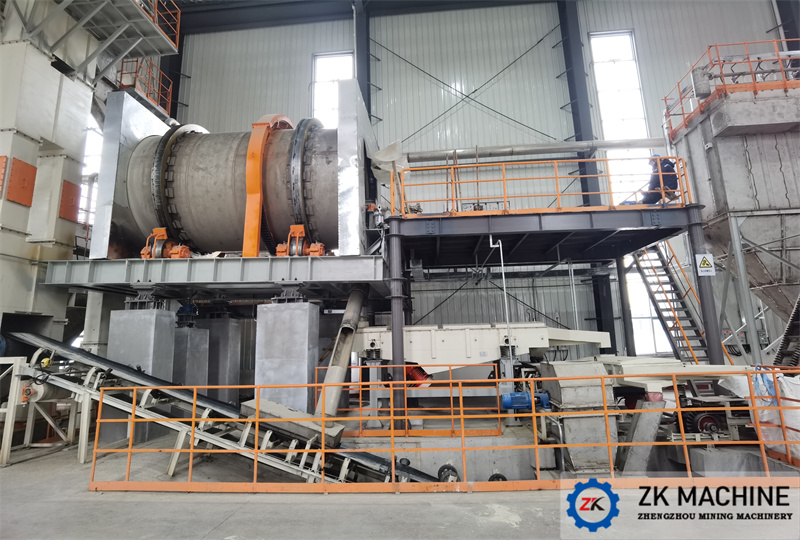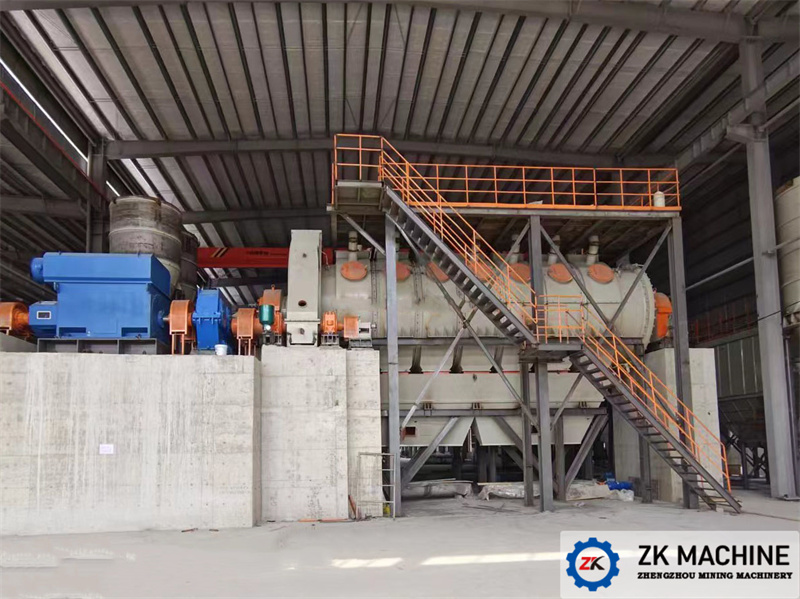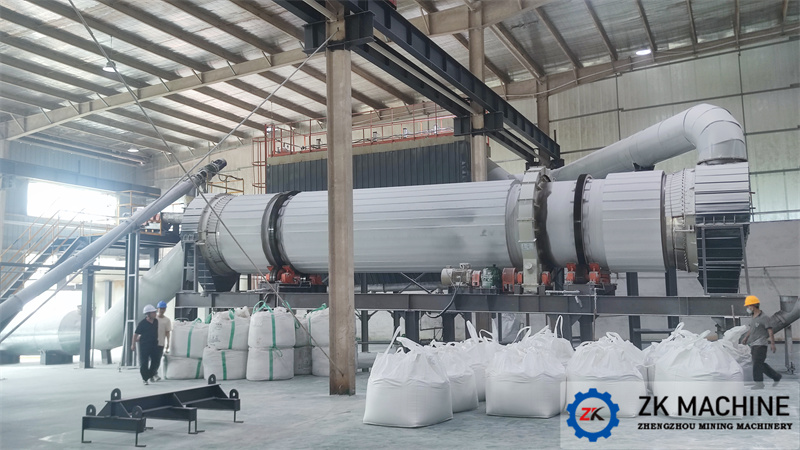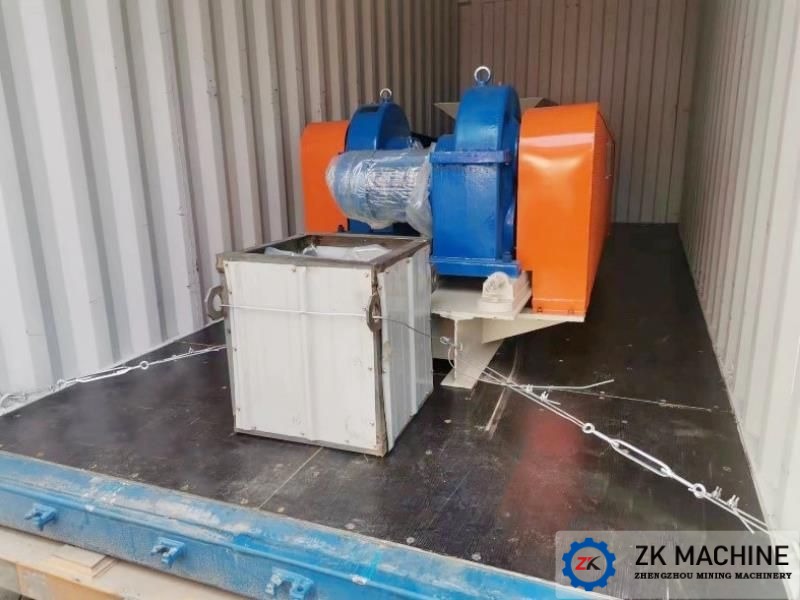without cement mill, how does the grinding process work
A cement mill (or finish cement mill in North American usage) is the equipment used to grind the hard, nodular clinker from the cement kiln into the fine grey powder that is cement. Most cement is currently ground in cement mill.
Early hydraulic cements, such as those of James Parker, James Frost and Joseph Aspdin were relatively soft and readily ground by the primitive technology of the day, using flat millstones, not cement mill. The emergence of Portland cement in the 1840s made grinding considerably more difficult without cement mill, because the clinker produced by the kiln is often as hard as the millstone material. Because of this, cement continued to be ground very coarsely (typically 20% over 100 μm particle diameter) without cement mill until better grinding technology using cement mill became available. Besides producing un-reactive cement with slow strength growth without cement mill, this exacerbated the problem of unsoundness. This late, disruptive expansion is caused by hydration of large particles of calcium oxide. Fine grinding by cement mill lessens this effect, and early cements produced not by cement mill had to be stored for several months to give the calcium oxide time to hydrate before it was fit for sale. From 1885 onward, the development of specialized steel led to the development of new forms of grinding equipment such as cement mill, and from this point onward, the typical fineness of cement by cement mill began a steady rise. The progressive reduction in the proportion of larger, un-reactive cement particles has been partially responsible for the fourfold increase in the strength of Portland cement during the twentieth century. The recent history of the technology has been mainly concerned with reducing the energy consumption of the grinding process by cement mill.

